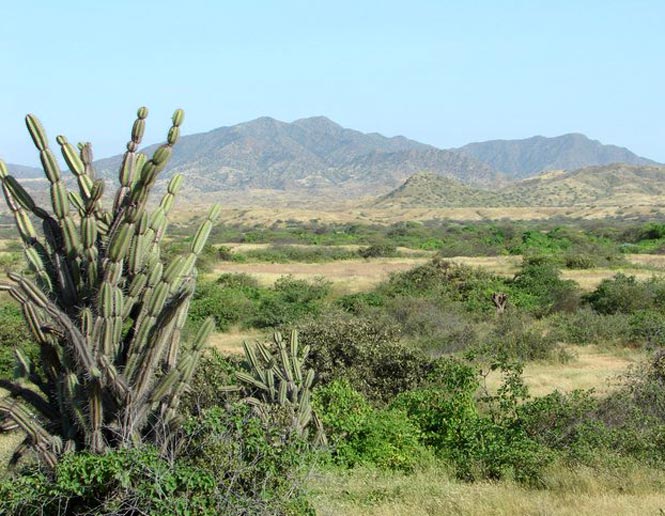Cerrado
Panoramic view of cerrado habitat in Brazil. Cerrado The denomination of Cerrado habitat has been used widely for the non-forest vegetation that ranges from open grasslands (Campo Sujo) to dense woodlands (Cerradao). Trees and shrubs in these habitats have thick fire-resistant barks, twisted trunks and limbs, and large thick leaves. The cerrado habitat encompasses nearly […]









